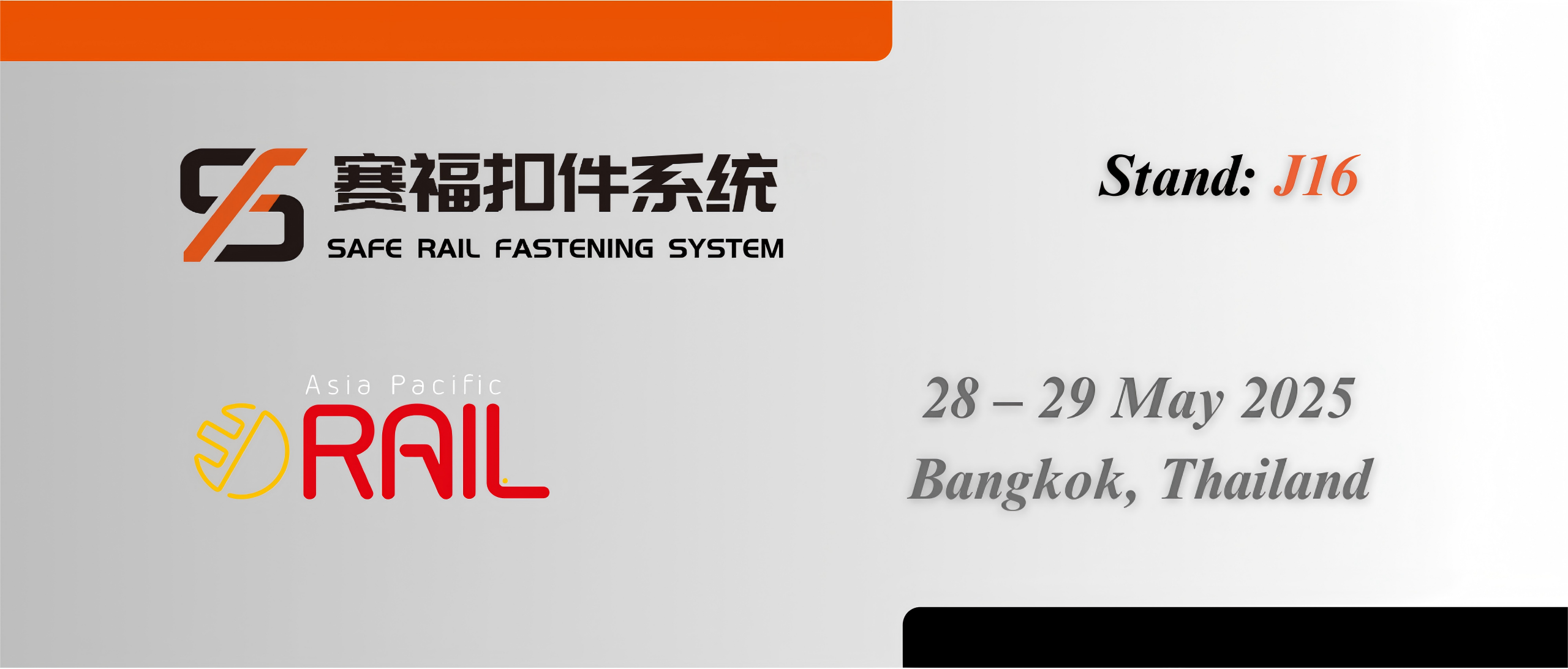Components of single sleeper
| No. | Item | Specification | Quantity/Pcs | Note |
| 1 | Tension Clamp | Ⅱ | 4 | |
| 2 | Rail Gauge Baffle | 6# | 2 | |
| 10# | 2 | |||
| 3 | Flat Washer | – | 4 | |
| 4 | Apron Block | – | 4 | |
| 5 | Rubber Pad | – | 2 | |
| 6 | Screw Spike | 4 | ||
| 7 | Nut | M24 | 4 | |
| 8 | Height Adjustment Pad Under Rail | – | – | Selection |
Technical specification for Type Ⅱ Fastening System:*For specific information, please contact us.
